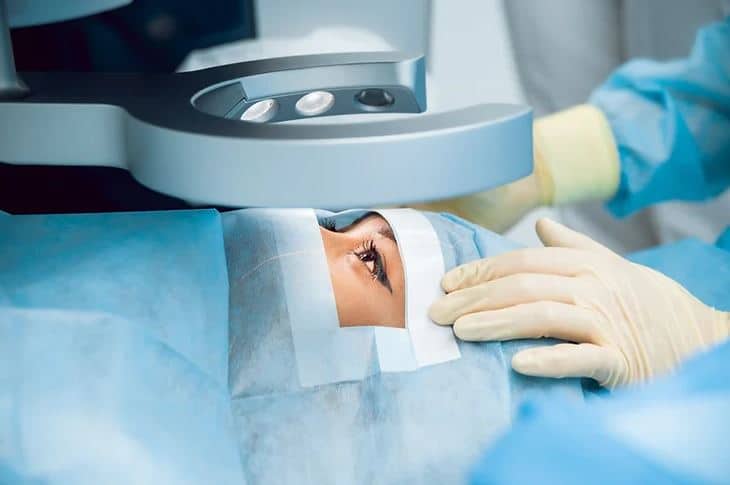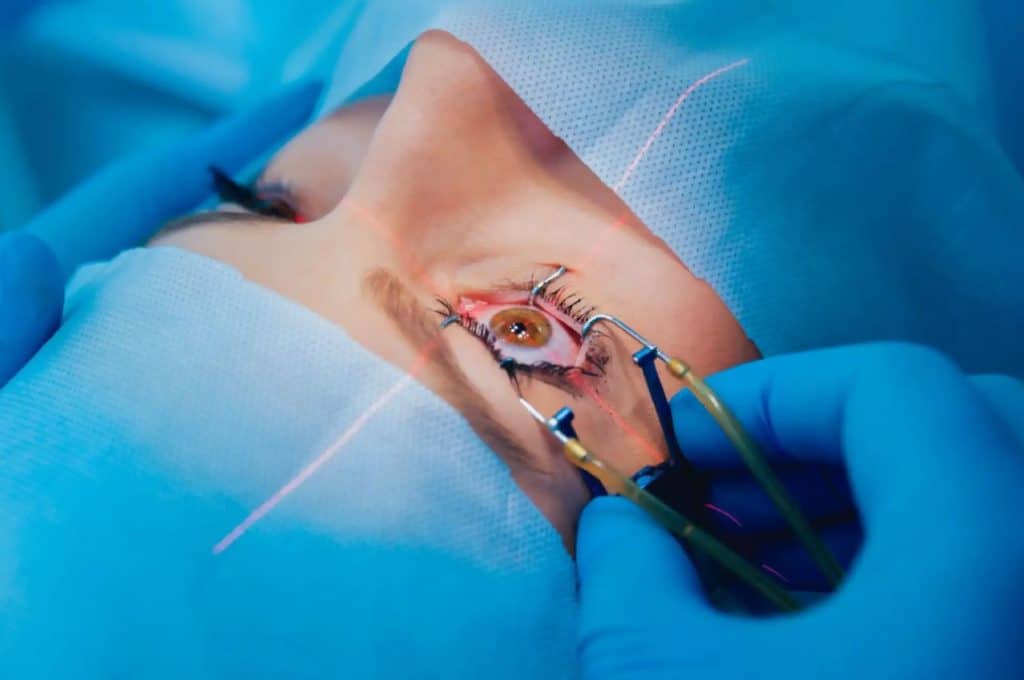Laser Assisted in Situ Keratomileusis commonly known as Lasik surgery is a popular procedure for correcting vision problems. This revolutionary surgery has helped millions worldwide achieve crystal-clear vision without the need for glasses or contact lenses. Let’s explore the art and science behind this life-changing procedure.
The Science Behind Lasik Surgery
Lasik surgery uses a laser to reshape the cornea the clear front surface of the eye to improve the way the eye focuses light rays onto the retina. By reshaping the cornea Lasik surgery can correct refractive errors such as nearsightedness farsightedness and astigmatism.
The procedure begins with the surgeon creating a thin flap in the cornea using a femtosecond laser. This flap is then folded back to access the underlying cornea. The surgeon then uses an excimer laser to remove a precise amount of corneal tissue based on the patient’s prescription. Once the cornea has been reshaped the flap is repositioned and allowed to heal naturally.
Lasik surgery is a quick and painless procedure that can be completed in just a few minutes per eye. Most patients experience improved vision immediately after surgery with full results becoming apparent within a few days.
The Art of Lasik Surgery
While the science behind Lasik surgery is well understood the art of performing the procedure lies in the skill and expertise of the surgeon. A highly trained and experienced surgeon can ensure that the cornea is reshaped with precision and accuracy leading to optimal visual outcomes for the patient.
Before undergoing Lasik surgery patients undergo a comprehensive eye exam to determine their candidacy for the procedure. Factors such as corneal thickness refractive errors and overall eye health are carefully evaluated to ensure that the surgery will be safe and effective.
During the surgery the surgeon uses advanced technology and techniques to achieve the desired corneal reshaping. By carefully monitoring the eye and making precise adjustments the surgeon can tailor the procedure to each patient’s unique needs and prescription.

Benefits of Lasik Surgery
- Improves vision accuracy and clarity
- Reduces or eliminates the need for glasses or contact lenses
- Quick and painless procedure
- Minimal downtime for recovery
- High success rate and patient satisfaction
Lasik surgery offers a wide range of benefits for patients seeking to improve their vision and quality of life. By correcting refractive errors and providing clear crisp vision Lasik surgery can enhance daily activities such as driving reading and participating in sports.
Risks and Considerations
While Lasik surgery is considered safe and effective for the majority of patients there are some risks and considerations to be aware of. Some potential side effects of Lasik surgery include dry eyes glare halos and undercorrections or overcorrections.
It is important to discuss these risks with your surgeon and carefully weigh the potential benefits and drawbacks of the procedure. By choosing a qualified and experienced surgeon following pre and post operative instructions and attending follow up appointments you can maximize the likelihood of a successful outcome.

Lasik surgery combines the art and science of ophthalmology to provide patients with improved vision and quality of life. By reshaping the cornea with precision and accuracy Lasik surgery can correct refractive errors and provide crystal clear vision without the need for glasses or contact lenses.
If you are considering Lasik surgery it is important to consult with a qualified and experienced surgeon to discuss your candidacy for the procedure and explore your options. With the right information and guidance you can make an informed decision about Lasik surgery and enjoy the benefits of clear crisp vision for years to come.
